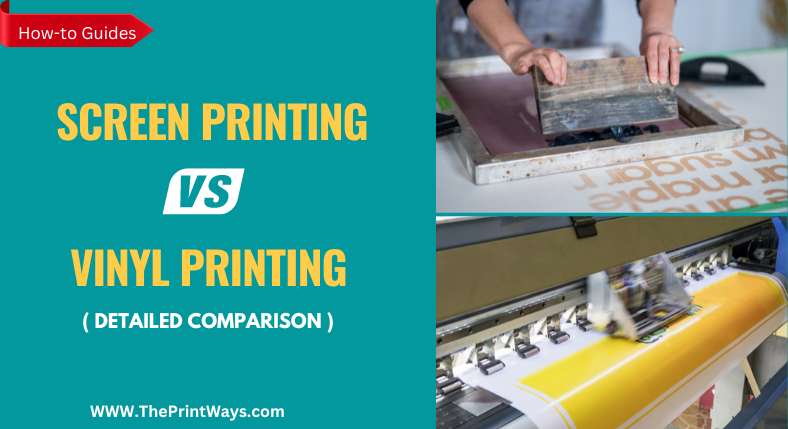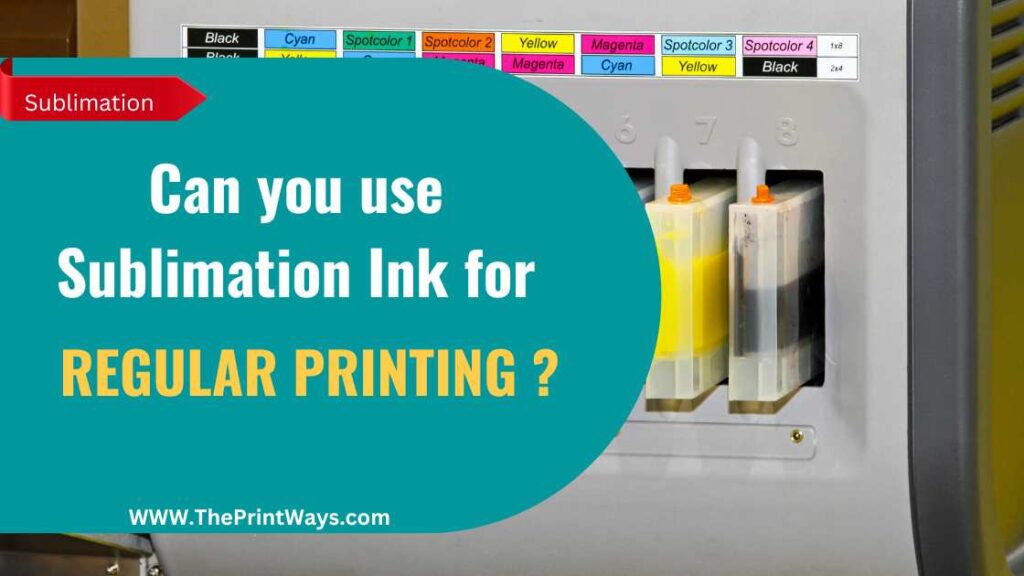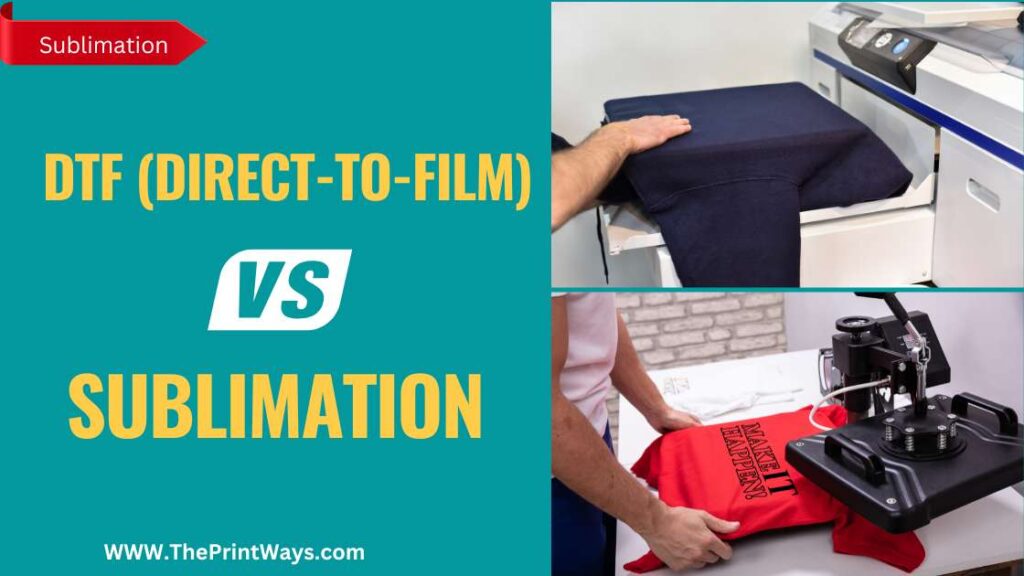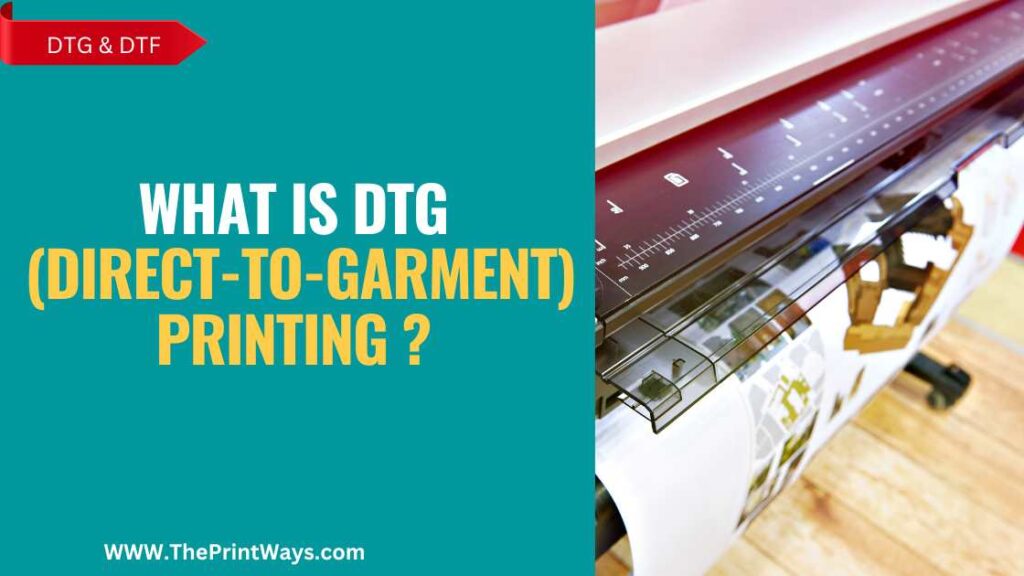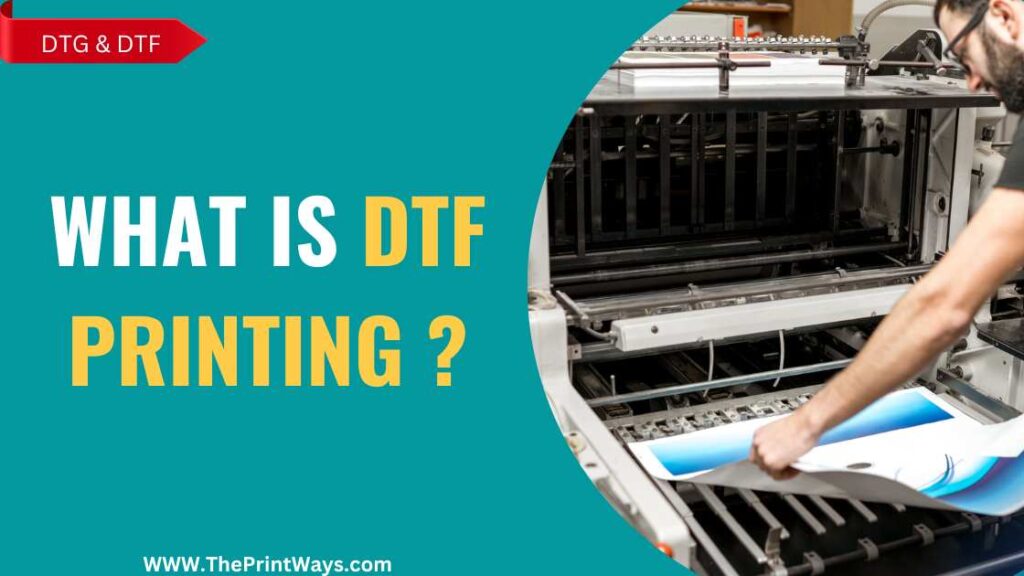Both Screen printing and Vinyl Printing are popular choices for creating custom designs on a variety of materials, but which one is right for you?
You don’t have to be a professional designer or printer to understand why many people choose either screen printing or vinyl printing over other techniques – both offer vibrant colors, long lasting results and they’re relatively inexpensive.
But when it comes down to it, which process should you use? Let’s take a closer look at each option to help you decide.
Screen Printing Vs Vinyl printing
Screen Printing
Screen printing, sometimes called silk screening, is an age-old method of mass production in the printing industry.
To do this, a stencil is constructed and stretched across a frame, usually out of fine mesh or polyester. The stencil is used to let ink to flow to some portions of the printing surface while blocking it to others.
A new stencil must be created for each color in the pattern to be stenciled.
Vinyl Printing
Heat transfer vinyl (HTV) printing, on the other hand, is a relatively recent innovation that has quickly become widespread.
Using a vinyl cutter, a specialized machine is used to cut shapes or letters out of vinyl sheets. Heat and pressure are then used to transfer the vinyl to the surface of choice, with the aid of a heat press machine in most cases.
Pros and Cons of Screen Printing
Pros and Cons of Vinyl Printing
Screen Printing Vs Vinyl: Comparison
When choosing between screen printing and vinyl printing, there are a few things you should think about. Let’s look at both methods closely and compare them in different ways:
1. Process:
Screen printing: To do screen printing, you push ink through a metal screen onto the area you want to print on. It is a flexible method that can be used with many different kinds of materials, such as fabric, paper, metals, and more.
Vinyl printing is a process in which images are cut out of colored vinyl sheets and then pressed and heated to transfer them to the surface of choice. It is often used for single sales or orders of a smaller size.
2. Variety of Colors:
Screen printing: This method gives you colors that are bright and last a long time, so you can make patterns that are rich and strong. It can be made to be very opaque, so it can be used for dark or colored materials.
Vinyl printing: Vinyl printing has a good range of colors, but not as many as screen printing. It might not have the same amount of color depth and brightness.
3. Design Complexity:
Screen printing: With screen printing, you can make intricate patterns with small writing and fine lines. It can correctly copy complicated artwork, which makes it good for detailed images.
Vinyl printing: Simple designs with bold shapes and text work best for vinyl printing. Because of how vinyl sheets are cut, it may not be as easy to copy fine features.
4. Durability:
Screen printing: Designs that are made with screen printing last a long time and don’t fade. The ink soaks into the cloth or surface, making pictures that can be washed over and over or left out in the weather.
Vinyl printing: While vinyl prints are strong at first, they may peel and crack over time, especially if they are washed often or handled roughly.
5. Texture and Finish:
Screen printing: Because the ink is spread on the surface, the finish is rough and can be felt. This gives the picture a unique look, especially when it’s on fabric.
Vinyl printing: Since the image is put on in a thin layer, vinyl prints have a better finish. It doesn’t have the same appearance that screen printing does.
6. Cost and Quantity:
Screen printing: When printing in bigger amounts, screen printing can save you money because the costs of setting up are spread out over a larger number of prints. But if you only need a small amount, it might not be the best deal.
Vinyl printing: Printing on vinyl isn’t too expensive, especially for small orders or one-time sales. Because the setup costs are smaller, it can be used for small print runs.
7. Application and Removal:
Screen printing: Designs made with screen printing are solid and hard to take off. When the ink is put on a cloth or surface, it absorbs into it and stays there for a long time.
Printing on vinyl: Vinyl pictures are easy to put on and take off. They can be put on surfaces by pressing them with heat and can be peeled off or replaced if needed.
8. Skill and Equipment:
Screen printing: In order to do screen printing, you need special tools like screens, squeegees, and exposure units. It also needs workers who are skilled and have a lot of experience with the process.
Vinyl printing: You need a vinyl cutter, a heat press, and design tools to print on vinyl. Even though it still takes some skill, it is usually easier to learn than screen printing.
Which One Should You Choose?
When choosing between screen printing and vinyl printing, you should think about what you need. Screen printing is great for long-lasting, eye-catching prints because it can use bright colors, complex patterns, and strong ink.
Vinyl printing, on the other hand, can be done quickly, on a variety of surfaces, and at a low cost. This makes it good for smaller projects or when speed is important.
Both ways have their pros, so think about how complicated your design is, how many colors you need, how long you want it to last, and how much money you have to make the best choice for your printing needs.
Frequently Asked Questions
Q: How long does a screen-printed design last compared to a vinyl print?
Screen-printed designs are known for their durability and longevity. With proper care, screen-printed designs can last for many years, even with regular washing and wear.
On the other hand, the lifespan of a vinyl print may vary depending on factors such as exposure to sunlight, washing frequency, and the quality of the vinyl used.
Generally, screen-printed designs tend to have a longer lifespan compared to vinyl prints.
Q: Is vinyl printing suitable for outdoor use?
Vinyl printing is well-suited for outdoor use. Vinyl is a durable material that can withstand various weather conditions, including exposure to sunlight, rain, and wind.
It is resistant to fading and can maintain its vibrant colors over time.
This makes vinyl printing a popular choice for outdoor signage, banners, vehicle graphics, and other applications that require long-lasting and weather-resistant prints.
Q: Can screen printing be done on different materials like vinyl?
Yes, screen printing can be done on various materials, including vinyl.
While screen printing is commonly associated with textiles, it is a versatile method that can be applied to different surfaces such as vinyl, paper, plastic, metal, and more.
By using the appropriate inks and preparation techniques, screen printing can achieve excellent results on vinyl materials.
Q: Which method is more commonly used in the fashion industry?
Screen printing is more commonly used in the fashion industry compared to vinyl printing. Screen printing offers a wide range of color options, detailed designs, and durability on various fabric types.
It is often the preferred choice for creating custom apparel, t-shirts, hoodies, and other clothing items.
While vinyl printing is also utilized in fashion, it is typically favored for smaller-scale applications or specific design requirements rather than large-scale production.
Conclusion
In conclusion, whether you choose screen printing or vinyl printing relies on the needs of your project. Screen printing is great for big projects because it can be used in many ways, lasts a long time, and has bright colors.
Vinyl printing is great for small, complicated patterns because it is accurate, easy to use, and can be done quickly.
Think about things like the material, how complicated the plan is, how long it will last, and how long it will take to make. Both methods have their good points and can help you realize your artistic idea.

